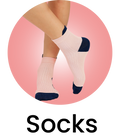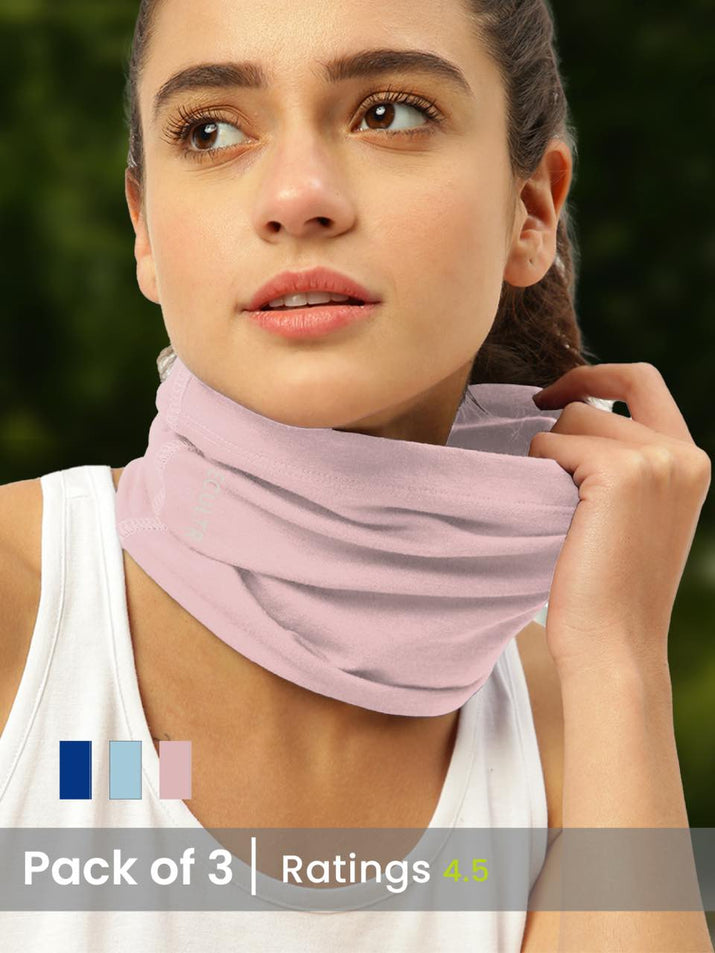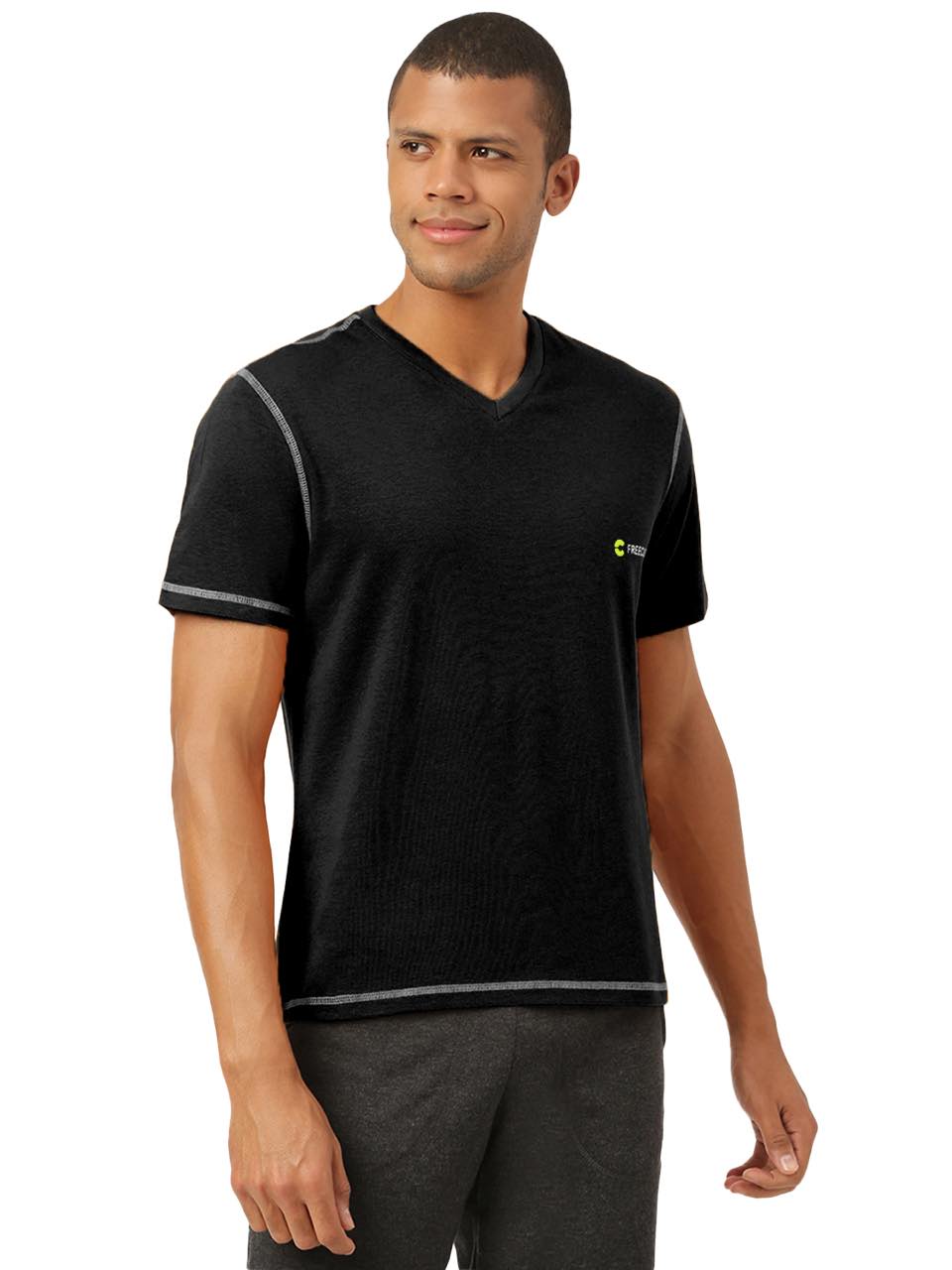A bandana, beyond its simple square of fabric, represents an unparalleled nexus of utility and personal expression. From its historical roots as a practical neckerchief for cowboys and laborers, the bandana evolved into a contemporary icon. Today, the bandana seamlessly integrates into diverse aesthetics, appearing as a protective face covering against dust or sun, a stylish hair accessory, or a sweatband for athletes. Recent trends highlight its resurgence in streetwear and outdoor gear, where advanced fabric blends now offer enhanced moisture-wicking and UV protection, elevating the humble bandana from a mere accessory to a high-performance textile. Its enduring appeal lies in this remarkable adaptability, offering both versatile style and everyday comfort.

Understanding the Bandana: More Than Just Fabric
Often perceived as a simple piece of cloth, the bandana holds a rich history and surprising versatility. At its core, a bandana is typically a square piece of fabric, usually cotton, though other materials like silk or synthetic blends are also common. Its standard dimensions often range around 20-22 inches (50-55 cm) per side, making it highly adaptable for various uses. The word "bandana" itself is believed to originate from the Hindi word "bāndhnū," referring to a tie-dyeing technique, highlighting its historical connection to vibrant patterns and colors.
Historically, the bandana has served countless purposes across different cultures and eras. From utilitarian workwear to a symbol of rebellion. Eventually to a staple in fashion, its journey is a testament to its enduring practicality and aesthetic appeal. Early iterations were often used by laborers, farmers. Cowboys for protection against sun, dust. Sweat. Over time, specific patterns, most notably paisley, became synonymous with the bandana, adding to its distinct visual identity. This humble square of fabric has consistently proven its worth, evolving from a functional item into a celebrated accessory.
The Enduring Versatility of the Bandana
The true genius of the bandana lies in its remarkable adaptability. Its simple design belies a multitude of applications, making it an indispensable item for both style and practicality. Here are some of the most common ways a bandana can be utilized:
- Headwear The bandana excels as a head covering. It can be folded into a headband to keep hair out of the face or absorb sweat during physical activity. It can also be tied to cover the entire head, offering sun protection or simply as a fashion statement. Many individuals use a bandana as a chic hair tie or to add a pop of color to a ponytail.
- Neckwear Worn around the neck, a bandana can function as a lightweight scarf, providing warmth in cooler temperatures or protecting skin from sun exposure. It's also an excellent way to absorb sweat during intense activities, functioning much like a neck gaiter.
- Accessory Beyond its functional uses, the bandana is a powerful fashion accessory. It can be tied around a wrist as a bracelet, knotted onto a handbag strap for a touch of flair, or even folded precisely as a pocket square in a blazer. Its ability to instantly elevate an outfit with color and pattern is unparalleled.
- Practical Applications In survival or emergency situations, a bandana can be a lifesaver. It can be used as a makeshift dust mask, a sweatband, a small tourniquet in first aid, a filter for debris in water (though not for purification), or even as a signal flag. Its simple form makes it incredibly useful in a pinch.
The sheer number of ways to wear and use a bandana underscores its status as a highly versatile item, blending seamlessly into various lifestyles and needs.
Materials and Design: The Anatomy of a Bandana
While the basic shape of a bandana remains consistent, the choice of material and design variations significantly impact its feel, function. Aesthetic. Understanding these elements helps in selecting the perfect bandana for specific needs.
- Common Materials
- Cotton By far the most common material for bandanas, cotton is prized for its softness, breathability. Excellent absorbency. It's comfortable against the skin and ideal for sweat absorption, making it perfect for active use or warm climates. Cotton bandanas are also durable and easy to wash.
- Silk Offering a luxurious feel, silk bandanas are smooth, lightweight. Have a natural sheen. They are less absorbent than cotton but provide elegant drape, making them popular for fashion accessories or delicate hair protection.
- Polyester/Synthetic Blends These materials are often chosen for their quick-drying properties, durability. Resistance to wrinkles and fading. They are frequently used in performance-oriented bandanas designed for sports or outdoor activities where moisture-wicking is crucial.
- Typical Dimensions and Shapes Most bandanas are square, with sides measuring between 20 to 22 inches (approximately 50-55 cm). This size provides enough fabric for various folding and tying methods without being overly bulky. While square is standard, some specialized bandanas might come in rectangular or tubular (gaiter-style) shapes for specific purposes.
- Popular Patterns and Their Origins The most iconic bandana pattern is undoubtedly paisley, characterized by its intricate, curvilinear teardrop motifs. Originating in Persia and India, the design gained widespread popularity in the West via imported textiles, eventually becoming synonymous with the bandana. Other common patterns include polka dots, checks, solid colors. Novelty prints, each offering a distinct aesthetic.
The combination of material and design dictates how a bandana performs and how it can be styled, offering a wide array of choices for consumers.
Choosing Your Bandana: Factors to Consider
Selecting the right bandana involves more than just picking a pretty pattern. Thoughtful consideration of material, size. Intended use will ensure you choose a bandana that truly meets your needs for both style and comfort.
- Material Choice Based on Use Case
- For everyday comfort, sweat absorption, or casual wear, a 100% cotton bandana is often the best choice due to its softness and breathability.
- If you need something quick-drying for sports, hiking, or intense outdoor activities, a polyester or synthetic blend bandana with moisture-wicking properties would be more suitable.
- For a touch of elegance or a smooth feel against sensitive skin or hair, a silk bandana is ideal.
- Size and Shape The standard 22x22 inch square bandana is highly versatile for most applications. But, if you plan to use it primarily as a neck gaiter, a tubular bandana might offer a more seamless fit. For very specific hair styling, a smaller or larger square might be preferred.
- Color and Pattern for Personal Style This is where personal expression truly shines. A classic red or blue paisley bandana offers a timeless look. Solid colors provide a minimalist aesthetic, while bold patterns or novelty prints allow for greater individuality. Consider your wardrobe and the occasions for which you'll be wearing the bandana.
- Quality and Durability A well-made bandana, especially one from quality cotton, will withstand repeated washing and wear without losing its shape or color intensity. Look for even stitching and durable fabric that feels substantial but not stiff. Investing in a higher-quality bandana often means it will last longer and maintain its appeal.
By considering these factors, you can make an informed decision and select a bandana that is not only stylish but also perfectly suited to your practical requirements.
Real-World Applications and Styling Tips
The bandana has transcended its humble origins to become a ubiquitous item in diverse real-world scenarios, from high fashion runways to rugged outdoor trails. Its adaptability makes it a favorite across various lifestyles.
- Outdoor Activities For hikers, cyclists. Runners, a bandana is an essential piece of gear.
- As a sweatband, it absorbs perspiration, keeping vision clear.
- Tied around the neck, it protects from sun exposure or can be pulled up over the mouth and nose as a dust filter on windy trails.
- In cooler weather, it provides an extra layer of warmth for the neck or head.
- Fashion Statements The bandana's role in fashion is incredibly diverse, allowing for personal expression across various aesthetics.
- Street Style A bandana can add an edge when tied around the wrist, worn as a headband, or peeking out of a back pocket.
- Bohemian Chic Draped loosely around the neck or tied into the hair, it complements flowy fabrics and natural textures.
- Classic/Workwear A neatly folded bandana can serve as a sophisticated pocket square or a subtle neck accent under a collared shirt, evoking a vintage workwear vibe.
- Hair Styling Use it as a head wrap for bad hair days, a chic hair tie for ponytails, or woven into braids for a unique look.
- Work Environments Certain professions utilize bandanas for practical reasons. Chefs often wear them to absorb sweat in hot kitchens, while construction workers or farmers use them for sun and dust protection.
- Everyday Comfort Simply having a bandana on hand offers comfort. It can wipe a brow, tie back hair while cleaning, or even serve as a makeshift placemat for a quick picnic.
How to Fold a Classic Headband:
1. Lay the bandana flat and completely open. 2. Fold one corner to the opposite corner, creating a triangle. 3. Starting from the longest edge of the triangle, fold the fabric into a strip about 2-3 inches wide. 4. Once folded into a strip, tie it around your head, wrist, or neck as desired.
The Bandana's Cultural Significance and Evolution
Far from being a mere accessory, the bandana has woven itself into the fabric of various cultures and subcultures, evolving in meaning and application over centuries. Its journey from a utilitarian item to a fashion icon is a fascinating testament to its adaptability and symbolic power.
- From Utility to Symbolism Initially, the bandana was a simple tool for workers. Cowboys used them to protect against dust and sun, railroad engineers to wipe away grease. Farmers to absorb sweat. Over time, specific colors and patterns began to carry unspoken meanings, particularly in the American West, where they could signify allegiance or profession.
- Adoption by Subcultures
- Cowboy Culture The red or blue paisley bandana became an iconic symbol of the American cowboy, representing rugged individualism and frontier spirit.
- Rock and Roll/Biker Culture In the mid-20th century, the bandana was embraced by rock stars and bikers, symbolizing rebellion, freedom. A tough, cool aesthetic. Artists like Axl Rose and Tupac Shakur famously incorporated the bandana into their signature looks, cementing its place in music and street culture.
- Protest and Activism Historically, bandanas have been used in protests and demonstrations, sometimes to conceal identity, other times to signify solidarity or political alignment. Their accessibility and ease of distribution made them a practical choice for such movements.
- Hip-Hop Fashion In the hip-hop community, the bandana has been a prominent accessory, often worn folded or tied in specific ways to represent crew affiliation or personal style, further cementing its status as a statement piece.
- Modern Fashion Icon Today, the bandana continues to be reinterpreted by fashion designers and enthusiasts. It appears on high fashion runways, in street style photography. In everyday wardrobes across the globe. Its enduring appeal lies in its ability to be both classic and contemporary, effortlessly bridging gaps between different styles and eras. This continuous re-imagination ensures the bandana remains relevant, adapting to new trends while retaining its timeless charm and practical utility.
Conclusion
The humble bandana, far from being just a simple fabric square, truly stands as a testament to versatile style and unparalleled everyday comfort. We've explored its myriad uses, from a chic hair accessory – a trend widely seen on festival-goers and in casual streetwear – to a practical sweatband during a vigorous hike. Its ability to instantly transform an outfit or provide a quick solution to a common need is remarkable. My personal tip? Don't just think about wearing it; consider it an extension of your creative expression. I recently used a vibrant red bandana to add a pop of colour to my otherwise monochrome tote bag, drawing compliments and sparking conversation. This simple accessory adapts effortlessly, whether you're channeling a retro vibe or seeking a practical solution like a quick face covering. So, dare to experiment with knots, folds. Placements. Let the bandana become your go-to for adding that unique flair or essential comfort. Embrace its power to elevate the mundane and infuse your daily life with effortless style.More Articles
Tank Top – Essential Layering & Breathable PerformanceMen's T-Shirt – Premium Quality & Lasting Comfort
Sling Bag – Secure Storage & Easy Accessibility
Women's Boxers – Relaxed Feel & Leisure Style
FAQs
What makes bandanas so popular?
They're incredibly versatile! You can wear them in your hair, around your neck, on your wrist, or even as a stylish accent on your bag. Plus, they're super comfy for all sorts of situations.
Are bandanas really comfortable for all-day wear?
Absolutely! Most bandanas are made from soft, breathable cotton, making them lightweight and gentle against your skin. They're designed to be so comfortable, you'll barely notice you're wearing one.
How many ways can I actually style a bandana?
So many! Try it as a classic headband, a chic neckerchief, a cool wristband, a makeshift face covering, tied around the handle of your purse for a pop of color, or even as a unique belt loop accessory. Get creative!
What kind of material are bandanas usually made from?
Traditionally, bandanas are crafted from 100% cotton. This ensures they're soft, absorbent. Durable, perfect for everyday use and easy to clean. You might find some blends. Cotton is the classic choice for comfort.
Are bandanas just for fashion, or do they have practical uses too?
They're definitely both! While fashionable, bandanas are also great for practical things like soaking up sweat, keeping hair out of your face during activities, offering a bit of sun protection for your neck, or even as a quick emergency tie.
Can kids wear bandanas?
Absolutely! Bandanas are fantastic for kids – they can keep hair tidy during play, offer a bit of sun protection, or just add a fun, colorful touch to their outfits. They're soft, safe. Easily washable for little ones.
How should I care for my bandana to keep it looking good?
It's easy! Most cotton bandanas can be machine washed with similar colors and then tumble dried on low or air-dried. They're designed to be low-maintenance and durable, so they'll last through many wears and washes.




